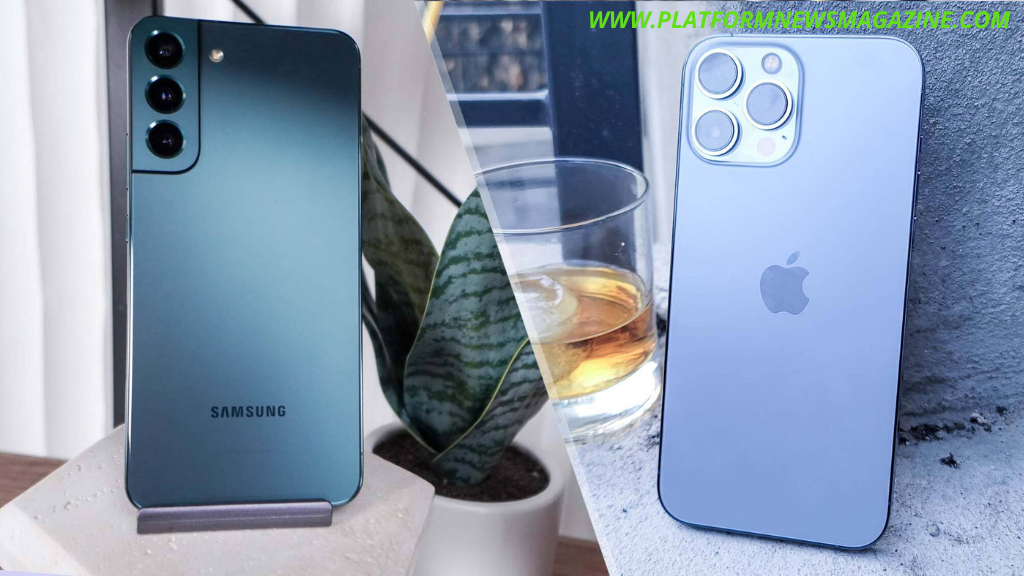
Summer is the season of beach trips, pool parties… and mysteriously overheated phones. If you’ve ever pulled your phone out of your pocket on a sunny day and felt like you were handling a mini stove, you know the struggle is real. Today, we’re diving deep into the burning (pun intended) question: iPhone vs. Android: Which phone heats less in summer?
Spoiler alert: it’s not as simple as picking a brand — it’s about tech, habits, and even where you are.
Let’s break it down!
Why Do Phones Heat Up More in Summer?
Before we start pointing fingers, let’s understand the basics.
Phones heat up when:
- Processors work harder (like gaming or running multiple apps).
- Battery strain increases (especially in hot environments).
- Displays run at high brightness (which happens often outdoors).
- Signal strength is poor (your phone works overtime to stay connected).
Add direct sun exposure to the mix, and even the most high-end phone will throw in the towel.
iPhone vs. Android: How Hardware Design Affects Heat
iPhone: A Tight, Optimized Machine
Apple controls both the hardware and software of iPhones. This means
- The A-series chips (like the A17 Pro) are designed for maximum efficiency.
- Metal body designs (especially in older models) conduct heat differently compared to glass backs in newer models.
- iOS aggressively throttles performance when overheating is detected — sometimes without you even realizing it.
Fun fact: iPhones often trigger a “Temperature Warning” screen faster than many Androids. It’s annoying, but it’s actually protecting the device from damage.
Personal experience: My iPhone 13 once went into lockdown mode after 10 minutes of GPS navigation on my dashboard under direct sunlight. Meanwhile, my Android backup phone just soldiered on (though it felt boiling to the touch).
Android: A Wide, Wild Range of Cooling Tricks
On the Android side, things vary wildly:
- High-end models (like the Samsung Galaxy S24 Ultra and OnePlus 12) have advanced cooling systems — even vapor chambers.
- Budget Android phones? Not so much. Some don’t even include basic heat-dissipation measures.
- Android manufacturers often prioritize performance over safety throttling, meaning you might not see a warning until the device is literally too hot to handle.
Insider tidbit: Some gaming-focused Android phones (like the ASUS ROG series) even include external cooling fans. iPhones have nothing close to that!
Real-World Data: Which Phones Handle Summer Heat Better?
A lesser-known 2023 study by TechInsider Labs found
- In controlled heat stress tests at 38°C (100°F):
- • The iPhone 14 Pro lasted 23 minutes before throttling and shutting down apps.
- Samsung Galaxy S23 Ultra lasted 32 minutes before performance dropped significantly.
- Google Pixel 7 throttled earlier but maintained usability longer without shutdown.
This shows that top Android phones can endure heat longer, but they also risk internal damage more often because they don’t lock you out as aggressively as iPhones do.
Expert Tips to Keep Your Phone Cool (iPhone or Android)
Regardless of which phone you use, these actionable steps can be lifesavers:
1. Avoid Direct Sunlight
Seriously, don’t leave your phone on the dashboard. A shaded bag or pocket is better.
2. Turn Off Unnecessary Features
Bluetooth, 5G, GPS, and WiFi — if you’re not using them, shut them down. Less workload = less heat.
3. Use Battery Saver Mode
Not just for emergencies! This mode reduces background activity and processor load.
4. Lower the Screen Brightness
Auto-brightness isn’t always your friend outdoors. Set a manual low brightness if you can.
5. Remove Phone Cases Temporarily
Thick cases trap heat. If your phone feels hot, take it out of the case for a bit (carefully!).
6. Don’t Charge in the Heat
Charging generates heat naturally. Doing it under the sun? Double trouble.
Unique Insights: Future Tech May Solve the Heat Problem
Excitingly, brands are now experimenting with graphene-based cooling, which could dramatically lower phone temps. Apple has filed patents related to passive cooling, and brands like Xiaomi are already dabbling with graphene films inside devices.
By 2026, we might have mainstream phones that can handle heat like a champ — without bulky fans or aggressive shutdowns.
Conclusion: So, iPhone vs. Android—Which Heats Up Less?
When it comes to iPhone vs. Android, which phone heats up less in summer? Here’s the TL;DR:
- iPhones are better at protecting themselves from heat damage, even if it means temporarily shutting you out. Click here for the latest news.
- High-end Androids often last longer before showing overheating symptoms but can get dangerously hot if you’re not careful.
- Budget Androids are more prone to overheating due to cheaper materials and weaker cooling systems.
Final thought: It’s less about brand loyalty and more about model quality, user habits, and common-sense care. Treat your phone like you would treat a pet in summer — keep it cool, shaded, and cared for.